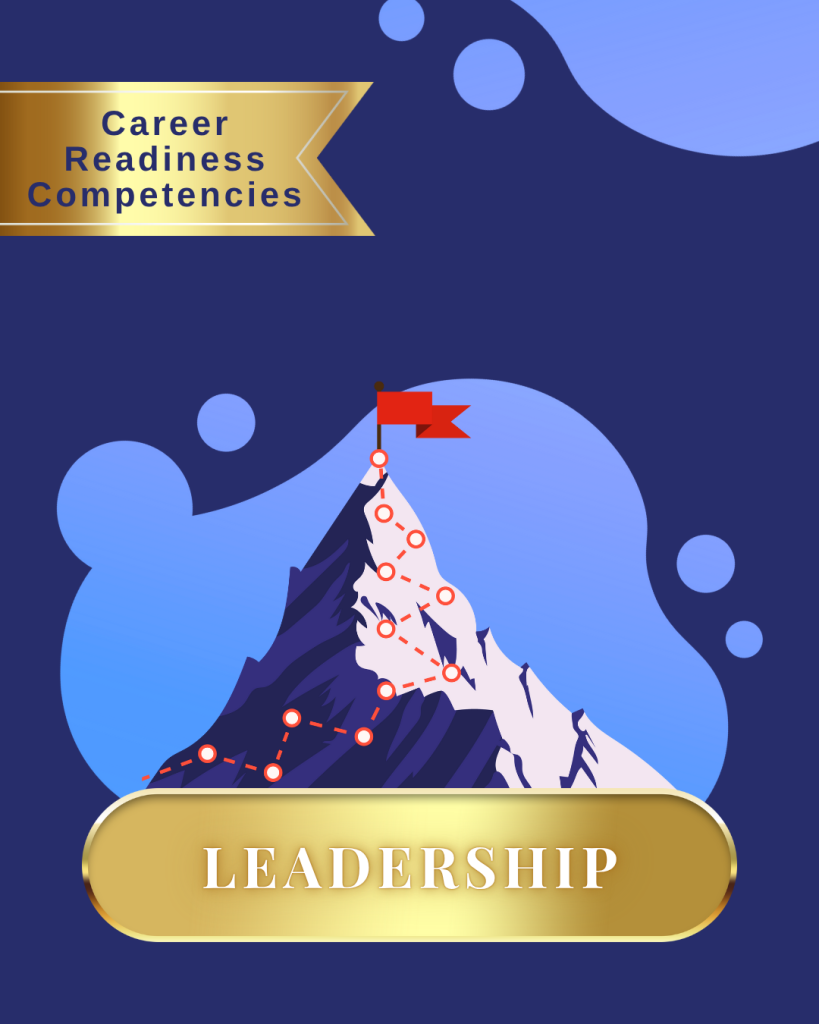When we think of leadership, it’s easy to picture someone with a title, a corner office, or a loud voice—but true leadership is much more than that. In today’s workplaces, leadership is about collaboration, trust, vision, and follow-through. It’s about recognizing the strengths in yourself and in others, and using them to reach shared goals. In this fifth installment of our Career Readiness series, we’re exploring the Leadership competency as defined by the National Association of Colleges and Employers (NACE). According to NACE, one can exude leadership if they:
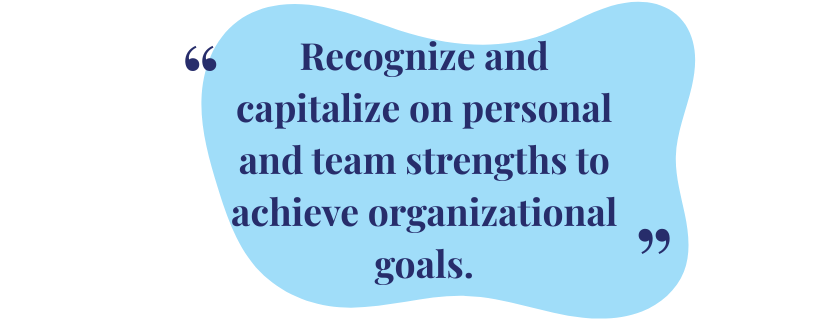
Leadership is about action, not hierarchy—and in a professional setting, it shows up in many forms. Let’s explore what that looks like in practice.
Sample Behaviors and Real-World Applications
| Inspire, persuade, and motivate yourself and others under a shared vision. |
➨ |
Leadership starts with setting a direction and helping others see why it matters. In the workplace, this could mean rallying a team around a project deadline or inspiring coworkers to adopt a new process that improves efficiency. Even in small moments—like giving a teammate a confidence boost—you’re demonstrating leadership when you motivate others. |
| Seek out and leverage diverse resources and feedback from others to inform direction. |
➨ |
Great leaders are great listeners. They ask for input, take time to understand different viewpoints, and adjust their plans accordingly. A doctoral candidate working on a dissertation who invites constructive criticism from multiple sources and integrates ideas into the final product is practicing this skill. In the workplace, a project manager might conduct stakeholder interviews to solicit feedback before finalizing a strategic plan. |
| Use innovative thinking to go beyond traditional methods. |
➨ |
When faced with a challenge, strong leaders ask: “Is there a better way?” Maybe you restructured a training program to make it more engaging, or found a new tech solution that cut down hours of repetitive work. Innovators don’t settle for “how it’s always been done.” |
| Serve as a role model to others by approaching tasks with confidence and a positive attitude. |
➨ |
Your attitude sets the tone for your team. When you stay calm under pressure or bring energy to a tough assignment, others notice. Role modeling can be as simple as showing up prepared, encouraging others, and holding yourself accountable. |
| Motivate and inspire others by encouraging them and by building mutual trust. |
➨ |
Leadership isn’t about control—it’s about connection. You build trust by being transparent, showing empathy, and recognizing the efforts of those around you. For example, a team lead who checks in on their coworkers’ workloads and offers support during crunch times is leading with integrity and compassion. |
| Plan, initiate, manage, complete, and evaluate projects. |
➨ |
This is where leadership gets practical. Planning timelines, delegating tasks, following through on deliverables, and conducting post-project evaluations all demonstrate core leadership abilities. Even organizing a volunteer event or managing a class group project prepares you for these same skills in the workplace. |
Leadership Is Not About Titles
It’s important to remember: you don’t need a leadership title to practice leadership behaviors. Leadership is less about hierarchy and more about initiative, integrity, and influence. In fact, many online students demonstrate leadership every day—whether they realize it or not.
You might be showing leadership when you:
|
|
These are all forms of leadership rooted in action and impact. They don’t require a job title—just the willingness to show up, take initiative, and bring others along with you.
Leadership is also not about personal success alone. It’s about teamwork, communication, and inclusion—all of which are their own career readiness competencies! The best leaders know how to:
|
|
|
No matter your career path—whether in business, healthcare, or education—effective leadership will help you build stronger relationships, navigate challenges, and grow into roles that create impact.
Want to Learn More About Leadership?
To continue developing this competency, here are some suggestions:
 |
|
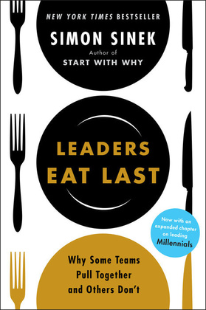 |
Leaders Eat Last: Why Some Teams Pull Together and Others Don’t by Simon Sinek (2014; updated 2017) Using stories from military, corporate, and nonprofit environments, Sinek explores how leaders can build trust, prioritize well-being, and create environments where people feel safe and motivated. The revised edition includes new insights and applications. Themes: Servant leadership, team culture, safety and trust in organizations. |
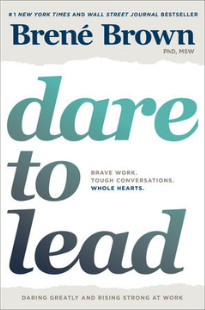 |
Dare to Lead: Brave Work. Tough Conversations. Whole Hearts. by Brené Brown (2018) Drawing from her research on vulnerability and courage, Brené Brown redefines leadership as a practice grounded in empathy, self-awareness, and trust. This book offers tools for fostering psychological safety and creating work cultures where people feel seen and heard. Themes: Vulnerability in leadership, emotional intelligence, courageous conversations. |
 |
Professional Troublemaker: The Fear-Fighter Manual by Luvvie Ajayi Jones (2021) A bold, humorous, and empowering book about disrupting systems and leading with integrity—especially when it’s uncomfortable. Ajayi Jones encourages readers to speak truth, push back against fear, and lead with purpose. Themes: Courageous leadership, identity, change-making. “When we dream, we’re giving others permission to do the same. When our dreams are big, we’re telling the folks who know us that they don’t have to be small either. When our dreams come true, we’re expanding the worlds of others because now they know theirs can too. We must dream and dream boldly and unapologetically.” ― Luvvie Ajayi Jones, Professional Troublemaker: The Fear-Fighter Manual |
 |
Radical Candor by Kim Scott (2017; updated 2021) This book is widely used in leadership and team development. Scott focuses on leading with clarity and kindness—balancing direct feedback with empathy. Themes: Communication, team leadership, honesty in management. |
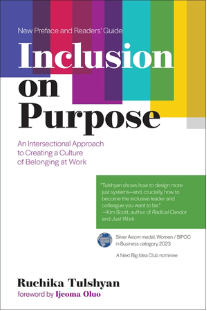 |
Inclusion on Purpose: An Intersectional Approach to Creating a Culture of Belonging at Work by Ruchika Tulshyan (2022) A practical, research-backed guide to inclusive leadership. Tulshyan explores how to build workplace cultures that actively include and uplift women and people of color. Themes: Inclusive leadership, DEI, workplace transformation. |
 |
The Wake Up: Closing the Gap Between Good Intentions and Real Change by Michelle MiJung Kim (2021) A clear-eyed guide for those seeking to be more equitable and inclusive leaders. Kim challenges readers to rethink their comfort zones and commit to real, sustained change. Themes: Anti-oppressive leadership, allyship, justice in action. |
 |
|
 |
TED Talk: “Everyday Leadership” by Drew Dudley |
 |
TED Talk: “How Great Leaders Inspire Action” by Simon Sinek |
 |
Aspen Alumni & Career Services June 2025 Webinar presented by Dr. Shubhi Shukla: “Virtual Presence, Real Impact: Elevating Leadership with Confidence and Emotional Intelligence” |
Leadership is a skill you can start building today. It’s not reserved for managers or executives—it’s for anyone who wants to make a difference, guide others, and keep growing. Through your academic journey and beyond, you’ll find countless opportunities to lead—and we’re here to support you every step of the way.
Ready to grow your leadership skills? Explore our programs and take the next step in your career journey by applying today!
Jump to the other Career Readiness Competencies:
Overview
Career & Self Development
Communication
Critical Thinking
Equity & Inclusion
Leadership
Professionalism
Teamwork
Technology

